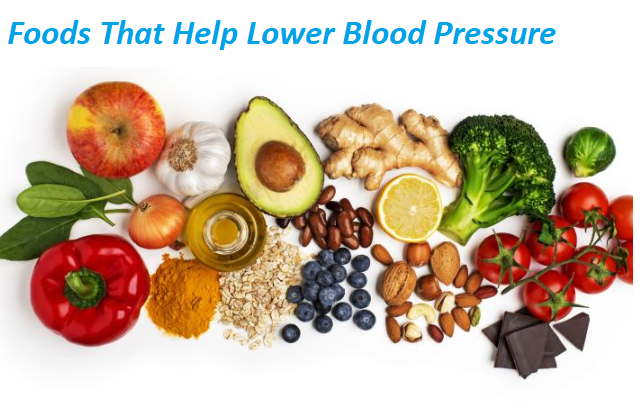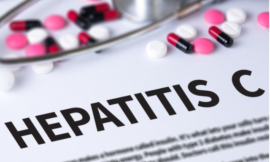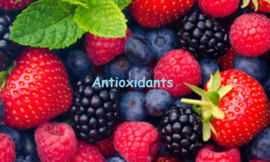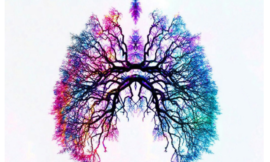Hypertension or high blood pressure, refers to the pressure of blood against your artery walls.Over time this blood pressure leads to other health issues like heart diseases, kidney problems, stroke, etc.
Medications, dietary changes, and other lifestyle modifications can reduce high blood pressure while lowering the risk of associated conditions. Most of the risk factor of hypertension are out of your control, such as age, family history, gender, and race. But there is also some factor we can control such as exercise and diet. Your diet have a important role in controlling blood pressure.
In this article, we discuss foods that can help to reduce high blood pressure
1. Red beets
Beets are high in nitric oxide, which can help open your blood vessels and lower blood pressure. The nitrates in beetroot juice help to lower blood pressure.
You can juice your own beets or simply cook and eat the whole root. Beetroot is delicious when roasted or added to stir-fries and stews. You can also bake them into chips.
2. Berries
Blueberries and strawberries contain antioxidants compounds called anthocyanins, a type of flavonoid. Intake of anthocyanin reduce the risk of high blood pressure, compared to those with a low anthocyanin intake. Enjoy berries as a snack or sweet treat after meals, or add them to smoothies and oatmeal.
3. Bananas
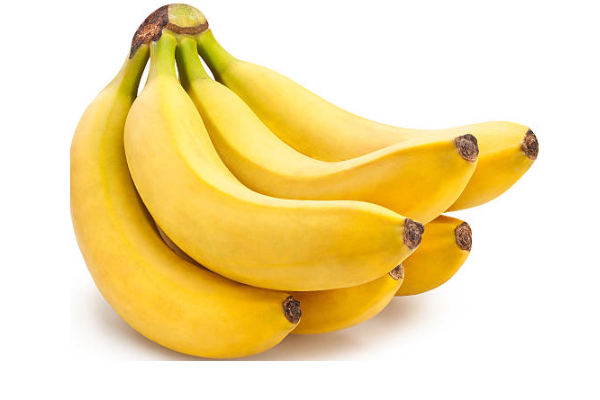
Bananas contain plenty of potassium, a mineral that plays a vital role in managing hypertension. One medium-sized banana contains around 422 milligrams of potassium.
Adults should aim to consume 4,700 milligrams (mg) of potassium daily. These are some potassium-rich foods;
- avocado
- cantaloupe and honeydew melon
- halibut
- mushrooms
- sweet potatoes
- tomatoes
- tuna
- beans
4. Dark chocolate
This sweet treat may lower blood pressure. Studies says that cocoa-rich chocolate reduces blood pressure in people with hypertension or prehypertension.
Choose high-quality chocolate that contains a minimum of 70 percent cocoa, and consume a single square, or a piece measuring about 1 ounce, each day.
5. Oats
Oats contain a type of fiber called beta-glucan, which may reduce blood cholesterol levels. Beta-glucan may also lower blood pressure, according to some research.
Start the day off with a bowl of oatmeal, or use rolled oats instead of breadcrumbs to give texture to meat or vegetarian burger patties.
6. Leafy green vegetables
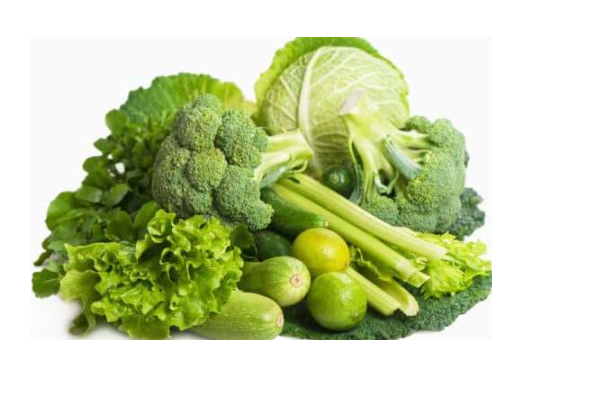
Leafy green vegetables are rich in nitrates, which help to manage blood pressure. Nitrate-rich leafy greens like;
- cabbage
- collard greens
- kale
- fennel
- lettuce
- mustard greens
- spinach
- Swiss chard
Eating 1–2 servings every day can reduce hypertension for up to 24 hours.
7. Garlic
Garlic is a natural antibiotic and anti-fungal food. Its main active ingredient, allicin, is often responsible for associated health benefits.
Garlic increases the body’s production of nitric oxide, which helps the smooth muscles to relax and the blood vessels to dilate. These changes can reduce hypertension.
Garlic can enhance the flavor of many savory meals, including stir-fries, soups, and omelets. Using garlic instead of salt can further promote the health of the heart.
8. Cinnamon
Cinnamon may also help to reduce blood pressure, at least in the short-term. Studies showed that cinnamon decreased short-term systolic blood pressure by 5.39 mm Hg and diastolic blood pressure by 2.6 mm Hg.
Add cinnamon to the diet by sprinkling it over oatmeal or freshly chopped fruit, as an alternative to sugar.
9. Pomegranates
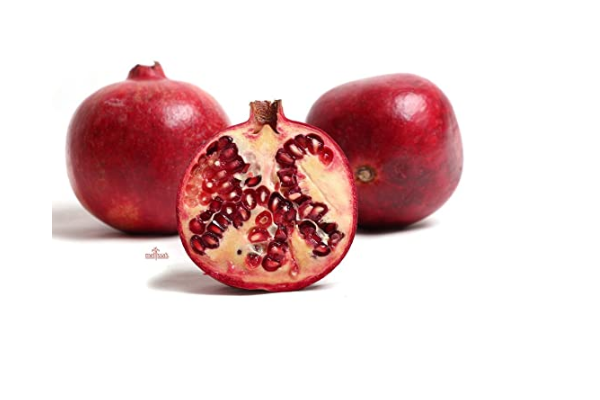
Pomegranates are a healthy fruit that you can enjoy raw or as a juice. Studies found that drinking a cup of pomegranate juice once a day for four weeks helps lower blood pressure over the short term.
Pomegranate juice is tasty with a healthy breakfast. Be sure to check the sugar content in store-bought juices, as the added sugars can negate the health benefits.
10. Skim milk and yogurt
Skim milk is an excellent source of calcium and is low in fat. These are both important elements of a diet for lowering blood pressure. You can also opt for yogurt if you don’t like milk.
If women’s ate yogurt daily, they have 20 percent reduction in their risk for developing high blood pressure.
11. Watermelon
Watermelon contains an amino acid called citrulline, which may help to manage high blood pressure.
Citrulline helps the body to produce nitric oxide, a gas that relaxes blood vessels and encourages flexibility in arteries. These effects aid the flow of blood, which can lower high blood pressure.
To boost watermelon intake, add the fruit to salads and smoothies, or enjoy it in a chilled watermelon soup.
12. Kiwis
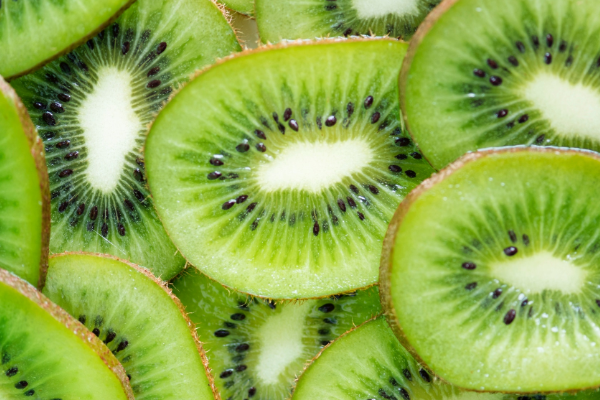
A daily serving of kiwi can reduce blood pressure in people with mildly elevated levels.
The researchers compared the effects of apples and kiwis on people with slightly high blood pressure.
They found that eating three kiwis a day for 8 weeks resulted in a more significant reduction in both systolic and diastolic blood pressure, compared with eating one apple a day for the same period. The authors suspect that the bioactive substances in kiwis caused the reduction
13. Pistachios
Pistachios are healthful nuts that may decrease hypertension by reducing peripheral vascular resistance, or blood vessel tightening, and heart rate. Including pistachio nuts in a moderate-fat diet may reduce blood pressure during times of stress.
You can incorporate pistachios into your diet by adding them to crusts, pesto sauces, and salads, or by eating them plain as a snack.


